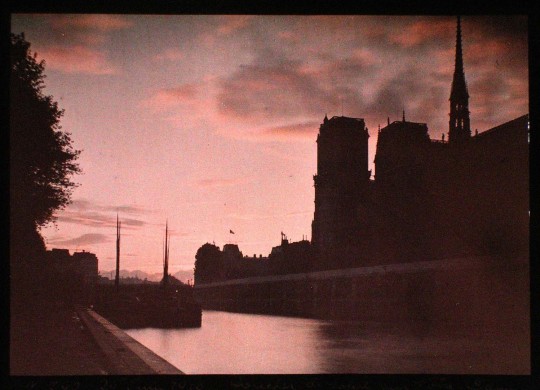#leon gimpel
Text
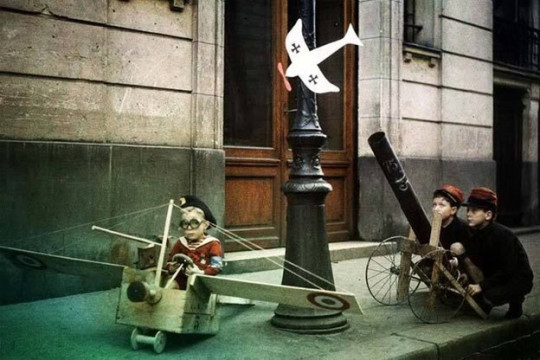
Leon Gimpel’s Awesome Autochorome Aerpolanes
14 notes
·
View notes
Text
Kids at war, September 1915

Léon Gimpel ~ Boy playing in model airplane attached to a lamppost. France, 1915. Autochrome. | From : La guerre de gosses, Léon GIMPEL, Paris, 1915
view & read more on wordPress

Léon Gimpel (1873-1948) ~ The aviator ‘Pépéte’ has just shot down a ‘taube’ with his machine gun. Paris, 19 September 1915.
In 1915 Gimpel befriended a group of children from the Grenata Street neighborhood in Paris who had established their own "army". He began to visit them regularly on Sundays, helping them to build their arsenal from whatever was to hand, providing direction in "casting", and recording with his camera the army’s triumphs over the evil enemy , the Boche.
Gimpel was charmed by these children and... continue reading
#leon gimpel#kids at war#Autochrome#Lumière Autochrome#war games#early color photography#early color#autochrom#autokrom#early colour#additive color screen plate#street scene#léon gimpel#1910s#airplane#model airplane#flying#childhood#wwi#children#children playing#role play#aviator#pepete
73 notes
·
View notes
Text
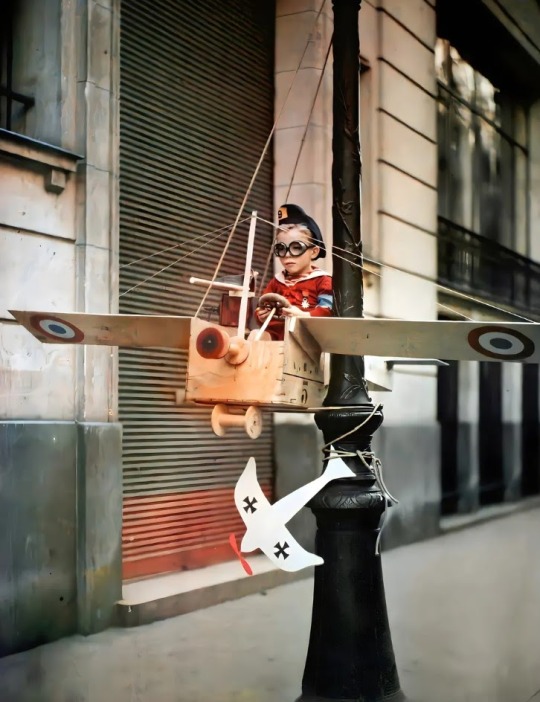
Boy in his monoplane on rue Greneta (near Les Halles) in Paris, France, photographed by Léon Gimpel, 19 September, 1915
9 notes
·
View notes
Photo
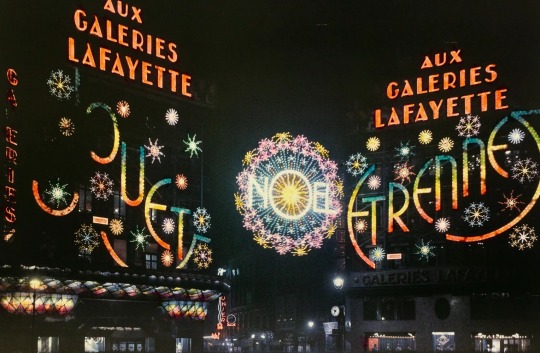
Joyeux Noël.
Léon Gimpel - Paris, Illuminations, 1933 (Autochrome). - Source Société Française de Photographie.
13 notes
·
View notes
Photo
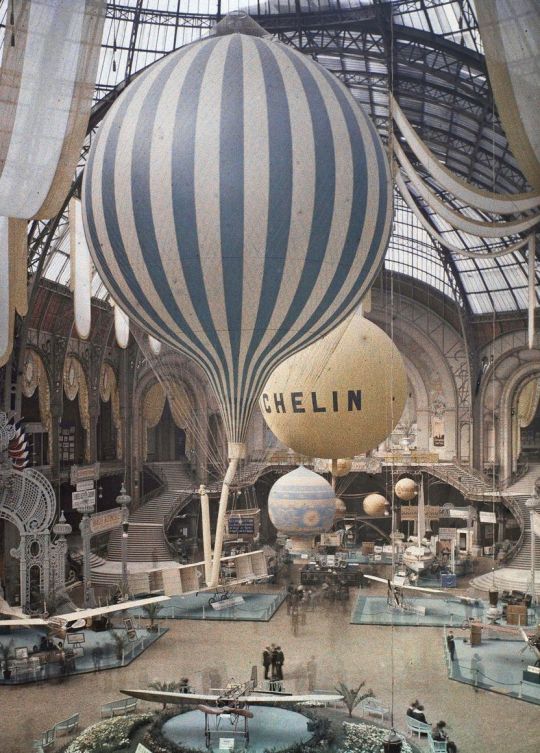
Leon Gimpel - Hot Air Balloons , Grand Palais, Paris, autochrome , 1909
1K notes
·
View notes
Photo
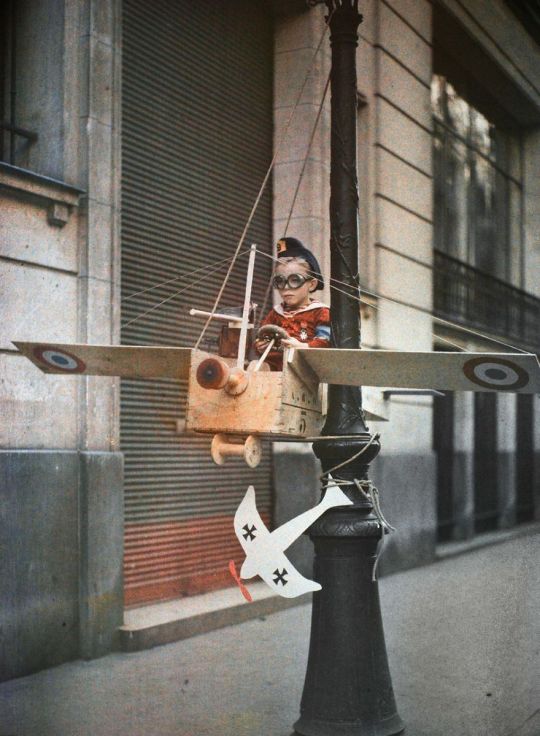
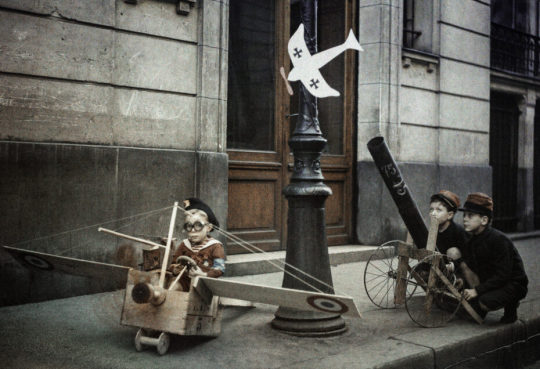
Léon Gimpel’s Autochromes of Kids during WWI, Paris, September 1915
By Leon Gimpel
64 notes
·
View notes
Photo

Leon Gimpel - Anaglyph from the moon, 1923 © as a collection by Jacques Herzog and Pierre de Meuron Kabinett, Basel
3 notes
·
View notes
Photo
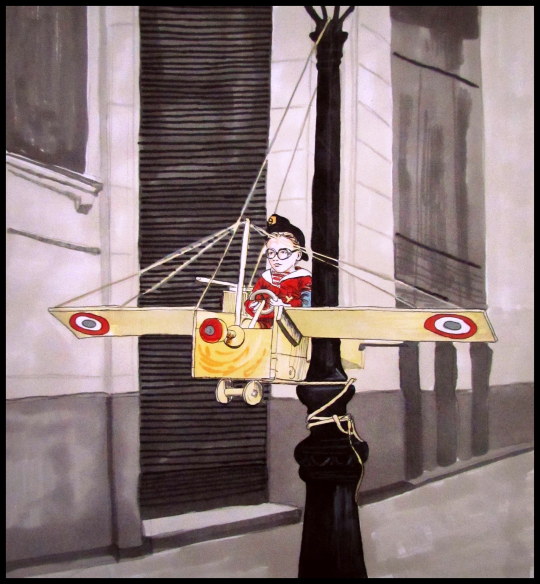
Don’t look for your parents in the cemetery. They are alive in what they gave you.
-Rumi (Russian Version)
illustration by J.J. (via Léon Gimpel)
#artists on tumblr#artist's studio#art and illustration#leon gimpel#photography#art quotes#rumi#drawing
3 notes
·
View notes
Photo

The Grenata Street Army
Leon Gimpel, 1915
144 notes
·
View notes
Photo

LÉON GIMPEL Autochrome photography, Paris, France, 1925
#leon gimpel#photography#photographer#vintage photography#lights#neon lights#paris photo#parisian#paris#paris streets#autochrome#moulin rouge#vintage art#artwork#art#artist#neon light show#neon aesthetic#neon#neon sign#atlas#atlas of beauty#atlas of interiors#vintage advertising#advertising#1920s#twenties#roaring 20s#lumiere#nuit
346 notes
·
View notes
Photo
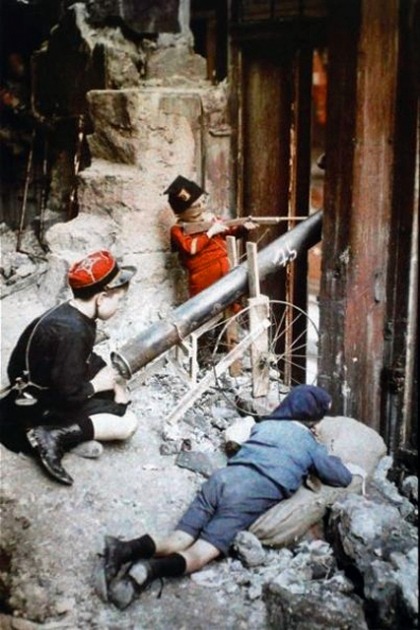
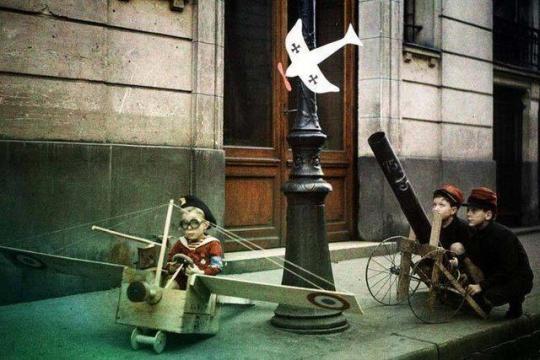
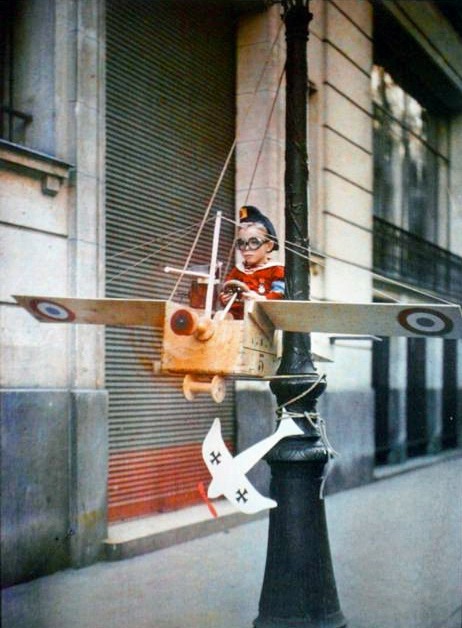
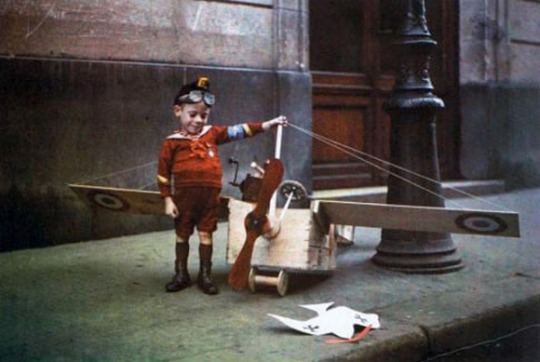
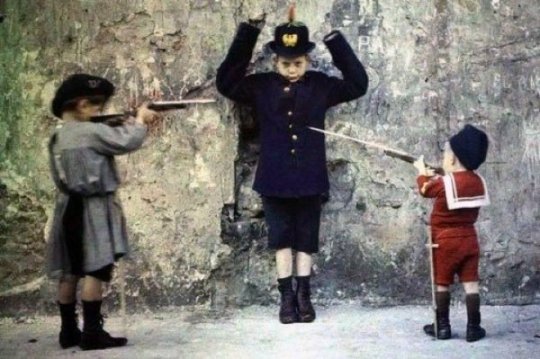


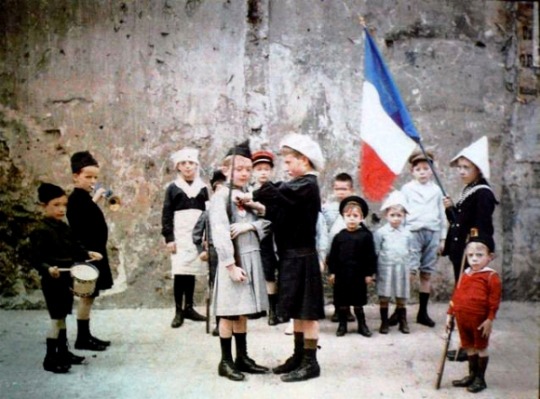

Leon Gimpel
From his series The Grenata Street Army
In 1915, as World War I was raging, photographer Léon Gimpel befriended a group of street kids in the Rue de Grenata neighborhood of Paris. The kids had their own 'army' and were at play re-enacting the war's battles. Knowing a good thing when he saw it, Gimpel began to visit the kids regularly on Sundays and helped them construct their arsenal from castoff materials. He probably also helped orchestrate the children as he photographed their valiant struggle against the evil Germans.
Léon Gimpel was born in 1873 to a Jewish Alsacian family who fled to Paris after Germany took over Alsace. He is perhaps best known for his early use of the revolutionary Autochrome Lumière color process. In 1904, Gimpel met Auguste and Louis Lumière who had just displayed their invention to the Académie des Sciences. At first limited to long exposures, Gimpel applied the autochrome process to still life and landscape photography. With the help of a colleague, Fernand Monpillard, he modified the plates to produce "instant" color pictures. Thanks to this Gimpel was the only photographer to take color images of everyday life during la Belle Époque and on June 10, 1907 became the first photographer to have images published in color.
During the First World War Gimpel photographed in and around Paris. On one of his walks through the city he encountered this group of children playing soldiers. He was delighted by them and soon came to know them all. The oldest boy in this remarkable band of brothers was the "chief," while the girls in the group leant their support to the cause playing the "nurses."
One of Gimpel’s favorites was Pépète, whom he described as "small, slightly misshaped, rather scrofulous, looking like gnome." In spite of this, it was Pépète who each Sunday stepped into the cockpit of his biplane to play the role of the courageous French flying ace.
But playing soldier requires an enemy and the chief’s best friend was recruited to play the malevolent German. A paper double eagle adorned the Hun’s cap and a carrot comically replaced the feathered plume of the German helmets. At the end of each day’s battles the German was executed and the carrot eaten by the victorious French forces.
In the photograph of the execution of the blindfolded German, the Chief had first thought of having a firing squad, but thought that that was insufficient. "To execute a Boche," he said, "nothing but a cannon will do."
At the end of each day, "war” photographer Gimpel would reward his rag-tag army for their successes on the field of battle with barley sugar. The troops loved it, happily crying out in unison "Vive le Photograph."
23 notes
·
View notes
Text
Léon Gimpel :: Kids at WWI, Paris, September 1915
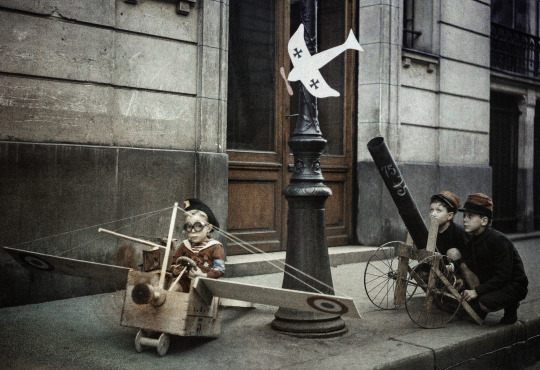
A ‘taube’ is spotted; a French 75 is immediately put into battery while ‘Pépéte’, the aviator, prepares to give chase. Paris, 19 September 1915

From : La guerre de gosses, Léon GIMPEL, Paris, 1915
view & read more on wordPress
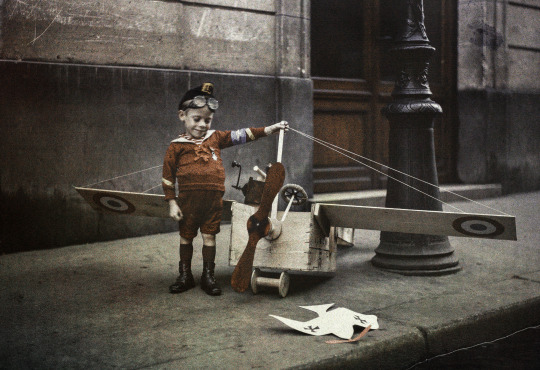
Léon Gimpel (1873-1948) · The famous aviator ‘Pépéte’ triumphs in front of his victim. Paris, 19 September 1915. Autochrome | src SFP
#leon gimpel#lumière autochrome#autochrome#street games#kids at war#wwi#childhood#aviator#early colour#early color photography#léon gimpel#war games
70 notes
·
View notes
Text
Parijs meer dan 100 jaar geleden
Parijs meer dan 100 jaar geleden
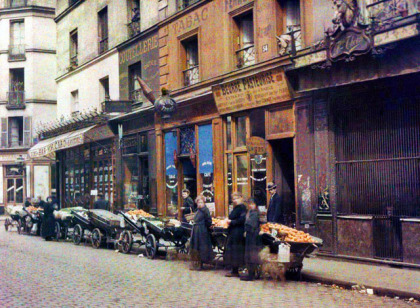

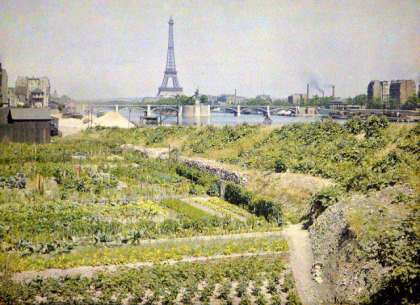
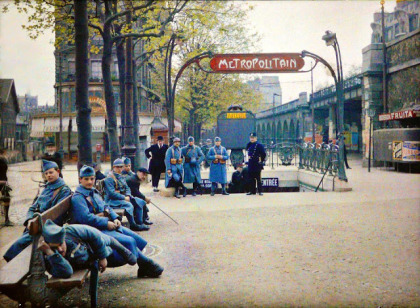
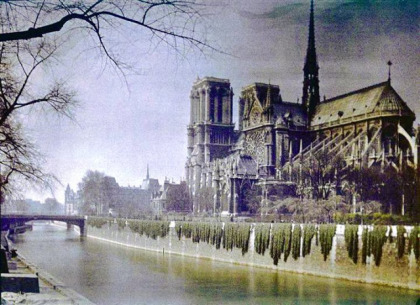
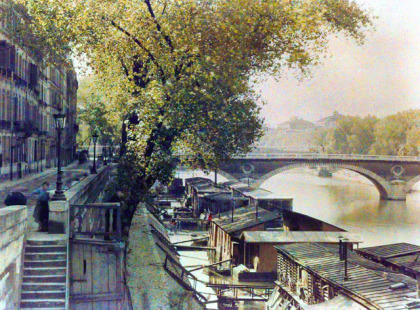
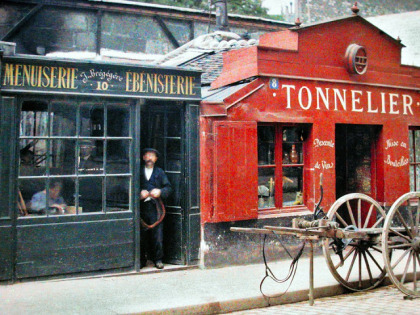
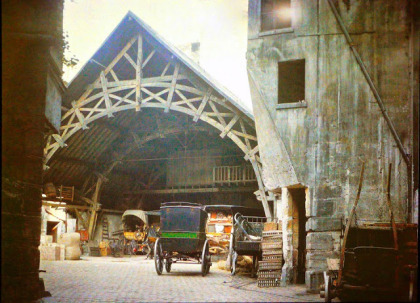

Hoe Parijs, de Franse hoofdstad, er meer dan 100 jaar geleden eruit zag, tonen deze kleurenfoto’s. Ze komen uit de nalatenschap van de steenrijke bankier Albert Kahn. Deze gaf in 1909 vier fotografen de opdracht om Parijs op de kiek te zetten. Dat deden ze met een net ontwikkelde manier om kleurenfoto’s te maken: autochrome lumière. Vanaf 1914 documenteerden Leon Gimpel, Stephane Passet, Georges…
View On WordPress
#20-ste eeuws#Albert Kahn#Auguste Leon#autochrome lumière#dagelijks leven#fotografie#Frankrijk#Georges Chevalier#kleur#Leon Gimpel#Parijs#Stephane Passet
0 notes
Photo
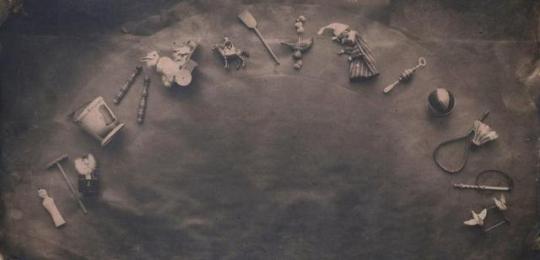
Léon Gimpel (1873-1948) (attr.) - Jouets en frise, c.1910
113 notes
·
View notes
Photo
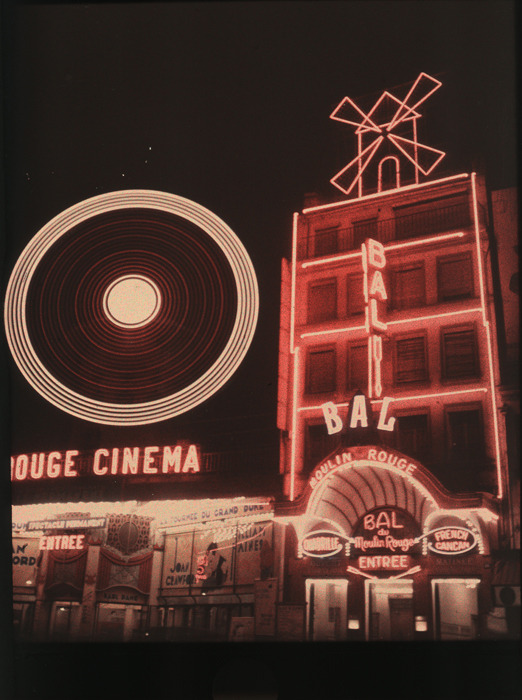
Léon Gimpel (1873-1948). Le Moulin rouge. Vers 1925. Plaque autochrome. 12 x 9 cm
8 notes
·
View notes
